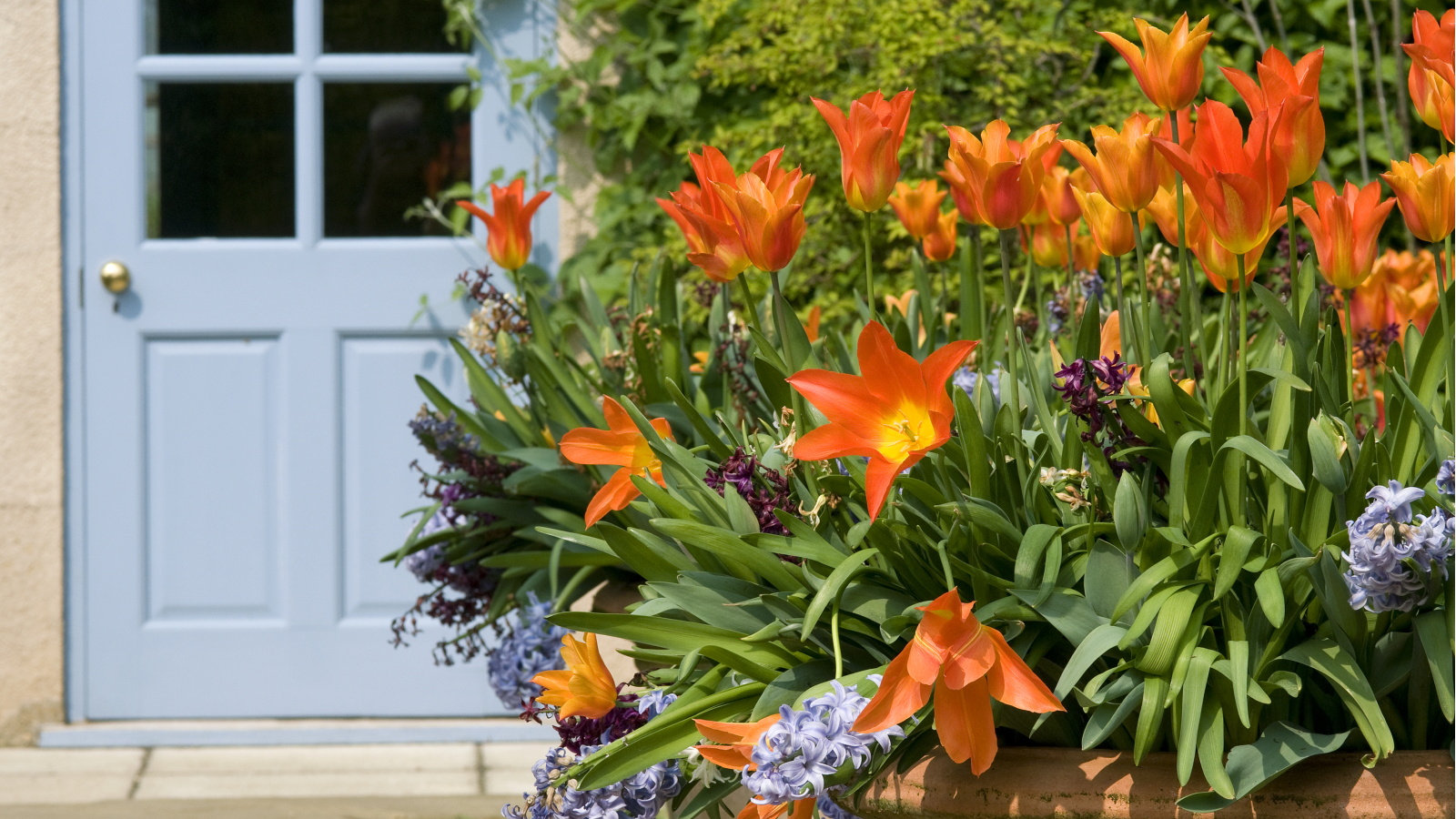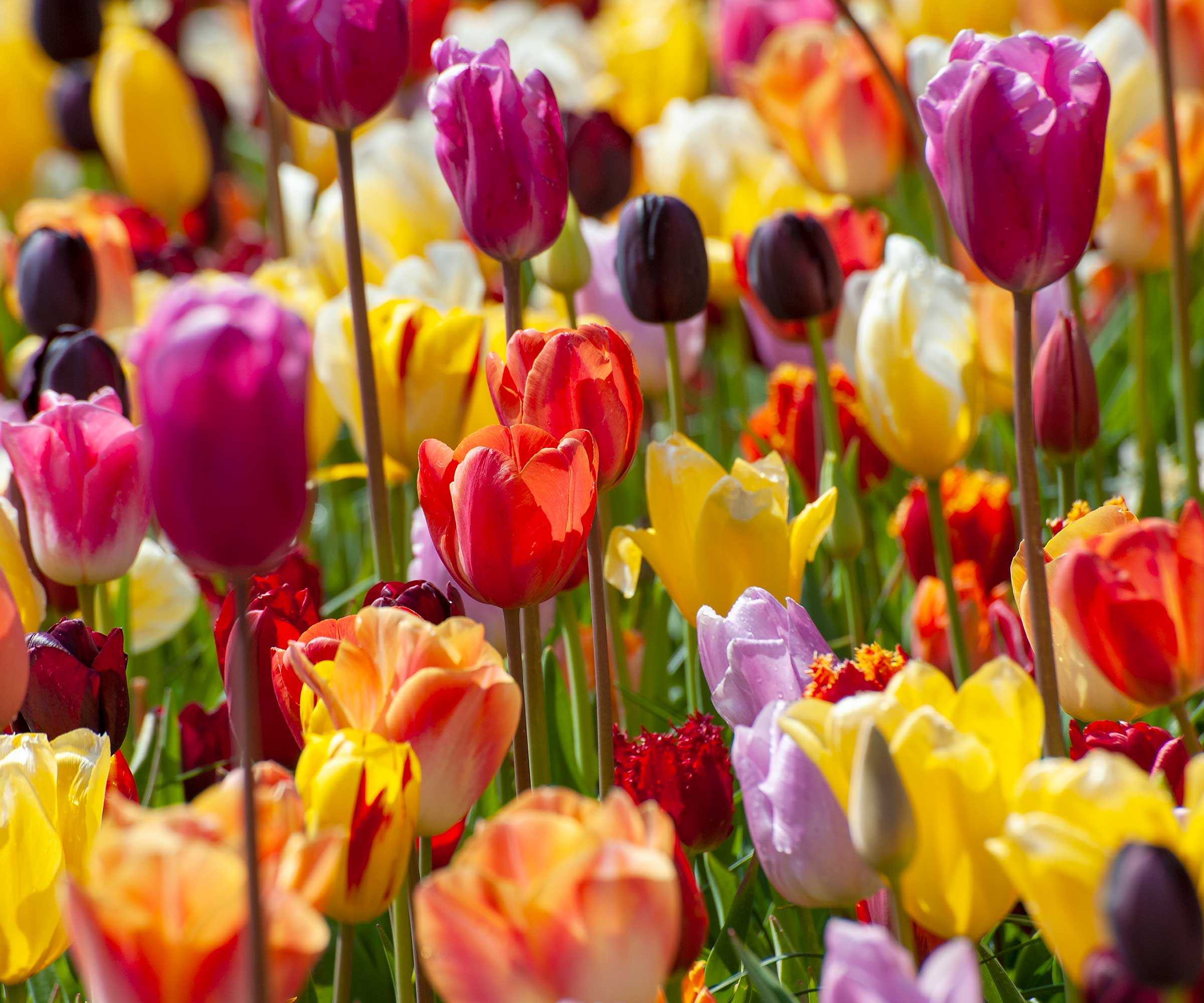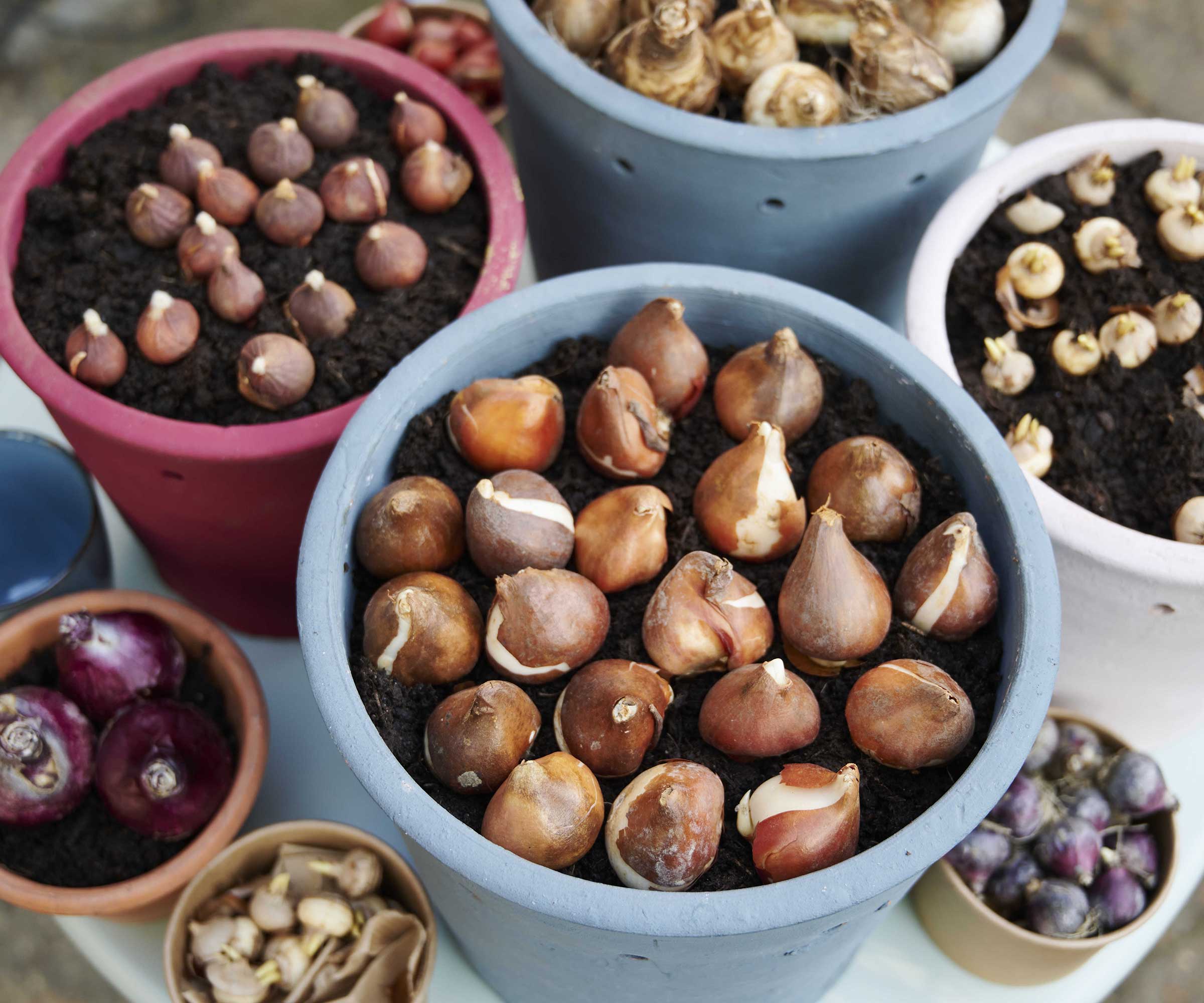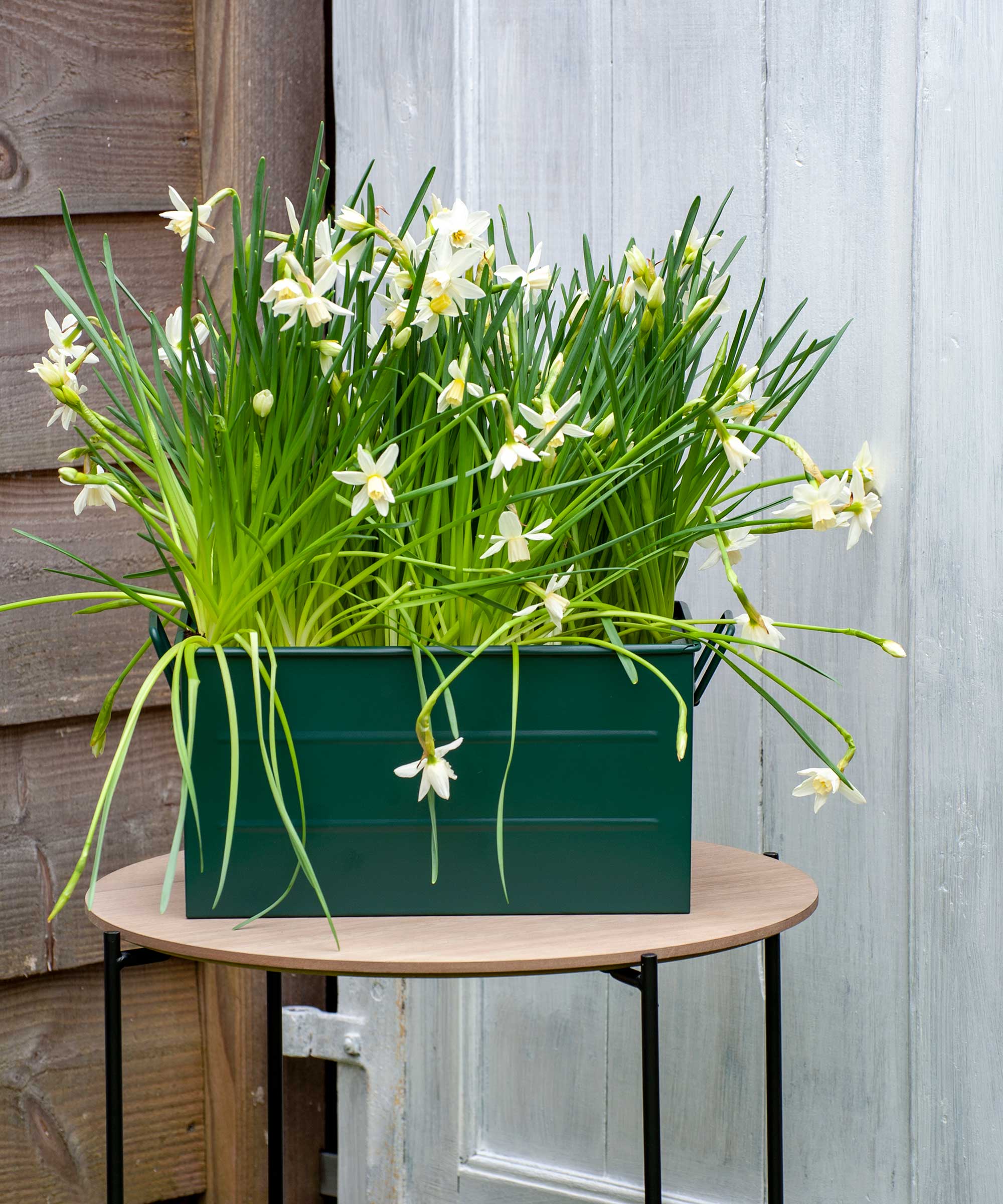
Q: I have a couple of bags of spring bulbs in my shed that I forgot to plant in the fall. It's now January – is it worth planting them anyway?
A: While most gardeners plant their daffodils, tulips, and other hardy spring bulbs between September and November, getting them in the ground a few months later can still give you a stunning display.
However, there are a few tips to bear in mind when going to plant bulbs in January to increase your chances of success.

3 tips for planting bulbs in January
Planting bulbs in the fall garden can give you more reliable results. However, there are actually a few benefits of planting some spring bulbs in January, highlights Jen McDonald, a co-founder of Garden Girls.
If you're shopping for new bulbs, she notes how you may score a deal in January as garden centers try to clear their inventory. And, if you're planting tulips, choosing to plant bulbs in January can help avoid tulip fire, she adds. This is a fungal disease that often plagues them when planted too early, when bulbs sit in warm and soggy soil.
1. Inspect your bulbs before planting them

Forgotten bulbs that have been kept in their original packaging can be susceptible to turning moldy, especially if they've been somewhere that's damp and warm.
Moldy bulbs won't flower successfully, so always check before you plant them to save wasting your time. They should be firm, so get rid of any that feel mushy.
Ideally, store bulbs somewhere dry, dark, and cool, out of plastic packaging. Paper bags (like these from Walmart) or cardboard or wooden boxes are good storage options.
2. Make sure the soil is suitable

The most important thing is being able to work with the ground. In colder climates, the ground can be frozen or too wet in January, which will make it challenging.
If the soil in your garden isn't suitable, you could plant bulbs in containers instead. Add a few handfuls of grit to the potting mixture to improve drainage, lift them onto pot feet (such as these UFelice ones from Amazon), and keep them somewhere sheltered, such as on your porch or next to a wall, to protect them from inclement weather.
Top tip: Remember that bulbs prefer well-draining soil. 'You can improve drainage by adding lighter-weight materials like peat moss or coco coir,' suggests Anna Ohler, the owner of Bright Lane Gardens nursery.
Alternatively, you can stop soil freezing in winter by mulching and adding a layer organic material to retain heat.
3. Protect them from the cold

Spring bulbs such as daffodils, tulips, and crocuses are hardy and can be planted in colder climates, says Anna. However, they can appreciate a bit of protection if you're planting them in midwinter.
If temperatures are expected to drop below freezing after planting, protect plants from frost by covering the beds with a layer of mulch or straw to provide insulation, Anna recommends.
Bulbs planted in pots can also be protected from winter cold by wrapping them in burlap (from Amazon), a frost cloth, or bubble wrap.
Shop bulb planting tools
These ergonomically designed handles make bulb planting comfortable and less strenuous. It automatically releases soil and has a depth marker to help you plant bulbs with ease.
Made from durable plastic, this dibber is perfect for planting seeds, seedlings, and bulbs. It has an ergonomically designed handle for comfort and has a depth marker.
Little force is needed to dig holes with this bulb planting tool, thanks to its long handle and foot pedal. It also has a serrated edge, making bulb planting efficient.
FAQs
When will spring bulbs planted in January flower?
Bulbs planted in January can be expected to flower a little later than those planted in the fall. However, they will still make an appearance during the mid-late spring months.
Can you plant snowdrops in January?
Snowdrops can be slightly more challenging to grow from bulbs, even when planted in the fall. If yours have been in storage until January, they have probably dried out and will no longer be viable for planting. Instead, wait another month or so and then plant snowdrops 'in the green' (with established leaves) from local nurseries. They should come back year after year, provided the squirrels don't get to them.
Bear in mind choosing to plant bulbs in January may result in some not blooming, leaving you with foliage rather than flowers, as Jen McDonald points out. However, she advises to take the chance and plant them anyway; 'Those bulbs certainly won’t bloom in the garden shed.'
Any gaps in your spring garden display can be filled with flowering bulbs bought from a local nursery when spring arrives. And remember, some bulbs planted in the ground – particularly daffodils and crocuses – are likely to flower successfully next year, even if the results are a little disappointing this time round. Nevertheless, it's worth getting ahead next year by ordering bulbs with plenty of time for planting.







